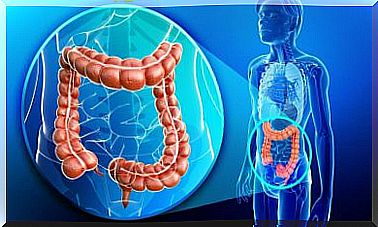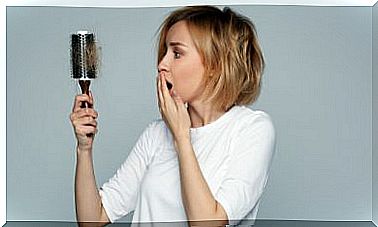10 Physical Signs You Experience When You Have Anxiety
Anxiety is a psychological disorder described as an involuntary anticipatory response to internal or external stimuli, such as thoughts and certain situations in everyday life. Did you know that it is possible to identify various physical signs of anxiety?
This set of physical and mental reactions usually appears when going through dangerous or stressful situations, or when there are some hormonal changes. In each person it manifests itself in different ways, depending on their origin and ability to handle emotions.
Although anxiety is often temporary, in some patients it becomes a chronic and recurring problem. The most worrying thing is that many are unaware that they suffer from it and do not take the necessary measures to deal with the effects that this condition causes.
Anxiety and its physical signs
Sigmund Freud pointed out at the time that people experience three types of anxiety. The first is one that is related to a real and objective fear. The second, however, does not have an objective stimulus, but rather it would be that mental state in which worries and anguish lead to states of great suffering.
The last type of anxiety would have to do, according to Freud, with a neurotic state, or with what we could now define as nervous anxiety. This state of activation has the peculiarity of preparing the organism to defend itself against a threat, whether it is real or not.
This activation can be positive at a given moment: it allows us to be able to react better to certain circumstances. Now, as a study published by the Annual Review of Clinical Psychology explains , when anxiety is maintained over time, it can lead to psychosomatic illnesses and other associated discomforts.
The hormonal changes – such as the rise in cortisol – that an anxious brain generates can often be very intense. Therefore, it is advisable to always have expert and professional help in these cases.
From what has been discussed above, it is important to know the warning signs of anxiety and be aware of them, even though they seem common. Next, we want to share the top 10 so you don’t hesitate to address them before they become a bigger problem.
1. Chest pain
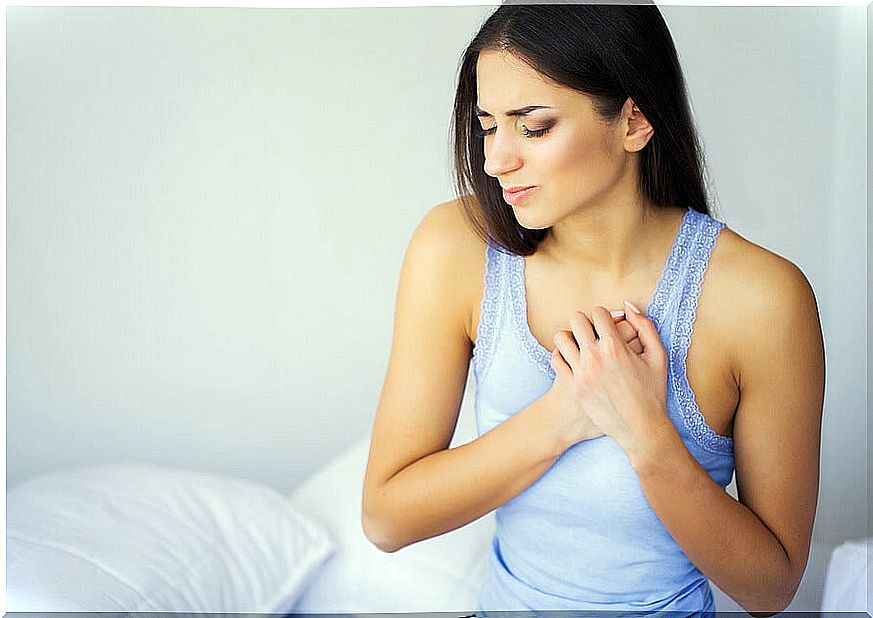
According to research published by the Emergency Medicine Journal , chest pains are very common in people with anxiety. These are often caused by muscle tension.
Although sometimes they are so strong that they are confused with those of a heart attack, but in reality they are usually momentary and do not lead to such complicated situations. However, consultation with your doctor is always recommended.
2. Throat lump and shortness of breath
This symptom, known by the term “hysterical bolus”, is produced by the contraction of the throat muscles when anxiety and stress appear.
As explained in a 2005 study published by the Revista Mexicana de Neurosciencia , it would be a very common somatoform disorder in anxiety. The main characteristic is feeling the throat clogged and having difficulty swallowing food.
Likewise, a study published by Respiratory Medicine confirms the close link that exists between a person’s psychological state and respiratory symptoms. These include shortness of breath as one of the physical signs of anxiety.
3. Excessive perspiration
The UK National Health Services cites excessive perspiration as a common symptom in a publication on general anxiety disorder.
Perspiration is a normal reaction of the body and, in fact, it is necessary to maintain the body temperature at a suitable level. However, during periods of anxiety, the activity of the sweat glands is altered and, as a consequence, perspiration occurs in excessive or abnormal amounts.
4. Pain in the shoulders and neck
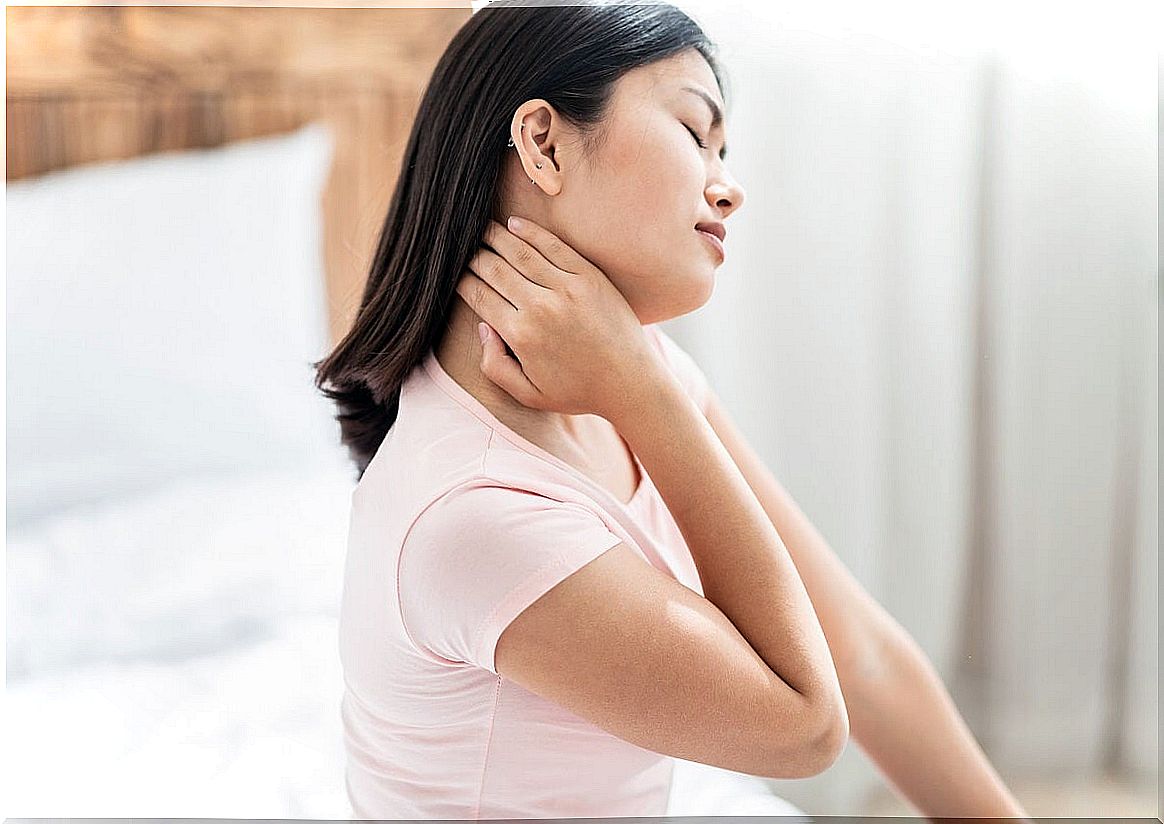
The muscle tension that is perceived during anxiety attacks tends to directly affect sensitive areas such as the shoulders and neck. A study published by BMC Musculoskeletal Disorders ranks anxiety as one of the main causes of neck pain.
5. Digestive problems, another of the physical signs of anxiety
The digestive system has a strong connection to emotional states. Therefore, when having an episode of anxiety, there may be various difficulties in its functioning.
Indigestion, excessive production of acidic juices and constipation are conditions that afflict anxious people, as explained in a study published in The Journal of Clinical Psychiatry .
6. Skin changes
Periods of anxiety also tend to affect the body aesthetically, since they lead to the development of some notorious skin alterations.
Studies such as one published by Clinical Pharmacology highlight that the connection between emotions, the brain and the skin is very close, so much so that it is common for it to cause the following conditions:
- Skin inflammation.
- Premature aging.
- Rashes on the face, spots and excess dryness, common symptoms of those who are going through an emotional imbalance.
These symptoms are usually noticeable on the face, but can also affect the arms, back, and other parts of the body. It is always advisable to consult with a specialist to treat these problems properly.
7. Tingling sensation
The feeling of weakness and tingling in the joints is a consequence of hyperventilation. This is a fast and deep breath that occurs as a response of the body to situations that generate stress and anxiety.
As a MedlinePlus publication explains, hyperventilation leads to the accumulation of carbon dioxide in the blood of the extremities, which is produced by the decrease in the oxygenation process.
8. Insomnia
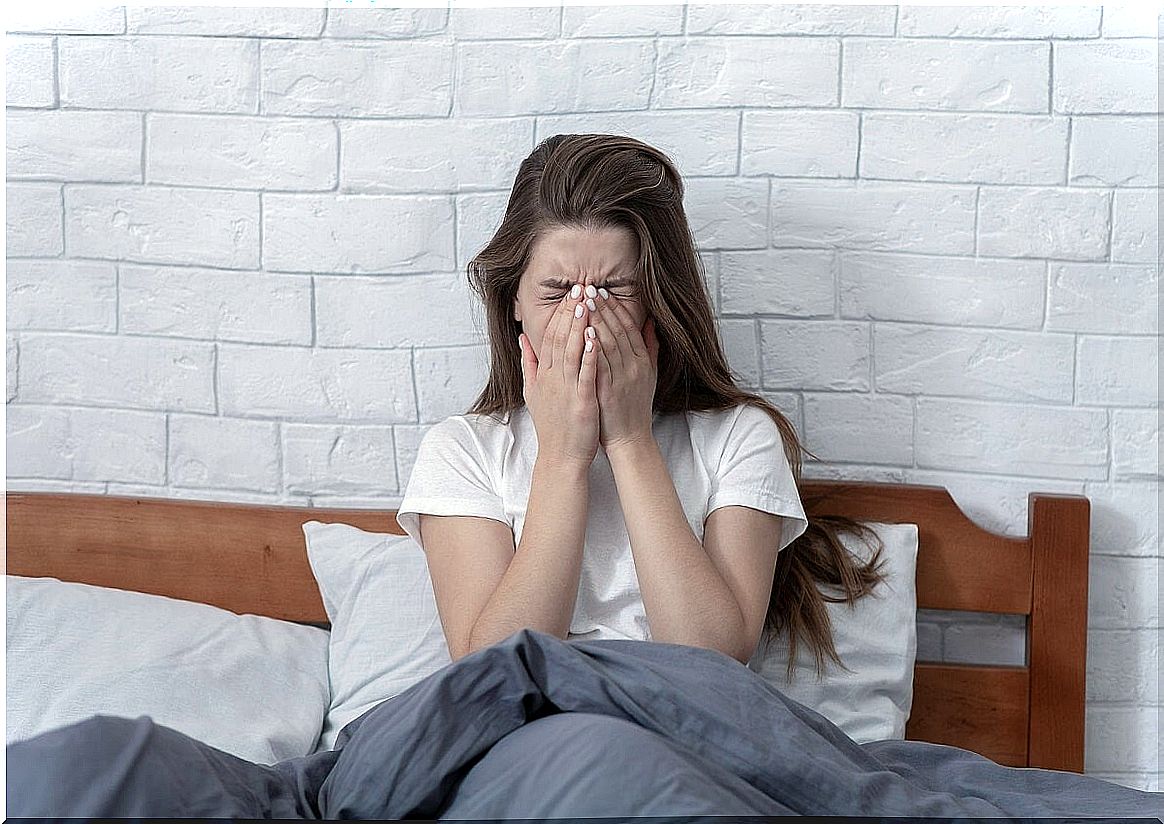
According to the NHS article cited above, insomnia and other sleep disorders are among the most disturbing and common effects in those who suffer from anxiety.
Having trouble falling asleep or staying asleep almost always has to do with the emotional problems you are going through. Its aggravation is that, with the days, it causes other physical and mental reactions that affect the quality of life.
9. Pain in the eyes
During anxiety, some body fluids decrease or are diverted to other tissues that require them. This leads to a decrease in the natural lubrication of the eyes, which can cause redness, irritation and dryness. Research published in Current Eye Research proves the relationship between these two conditions.
10. Migraines
Strong headaches like migraines are closely linked to long periods of anxiety. Stress and circulation problems are often responsible for this limiting symptom. According to a recent WebMD post, the exact link between these two conditions has not yet been proven.
Identify and react to physical signs of anxiety
Have you suffered any of these signs? If so, it is recommended that you convince yourself of something: you have to take measures to control this emotional imbalance.
Practice relaxation and breathing techniques, make lifestyle changes, adopt a healthy diet to deal with it effectively, and most important of all, seek expert help. Nobody better than a specialist to tell you how to deal with these states and overcome them.





